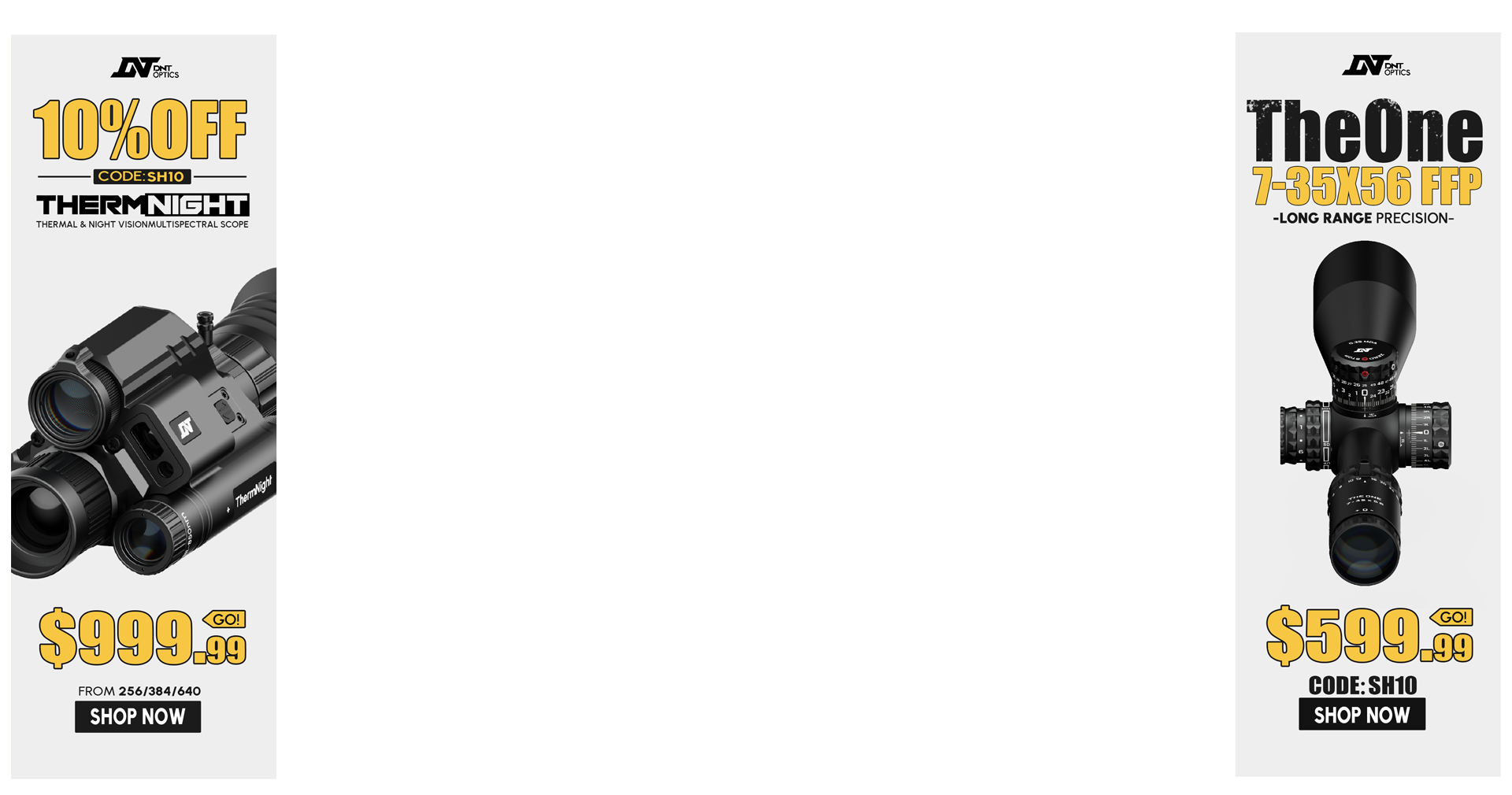Hello all. I just set up my RCBS Single-Stage press after it sat in my garage for a while. I bought a Remington 700 SPS Varmint recently and decided it was time to stretch it's
accuracy potential.
Here is the issue. I bought the LEE dluxe die set, and full-length sizing is not an issue, and after I got my Bullet depth set (at 2.800), it seemed fine. Until I chambered a round. It felt a little tight going in, and after I measured it with my calipers, I ended up measuring 2.700ish.
Now,my first instinct is maybe my weapon has a short(er) chamber, but I dont see how that would pass Remington CQ.
Any ideas out there guys? THanks in advance,
Justin
accuracy potential.
Here is the issue. I bought the LEE dluxe die set, and full-length sizing is not an issue, and after I got my Bullet depth set (at 2.800), it seemed fine. Until I chambered a round. It felt a little tight going in, and after I measured it with my calipers, I ended up measuring 2.700ish.
Now,my first instinct is maybe my weapon has a short(er) chamber, but I dont see how that would pass Remington CQ.
Any ideas out there guys? THanks in advance,
Justin

